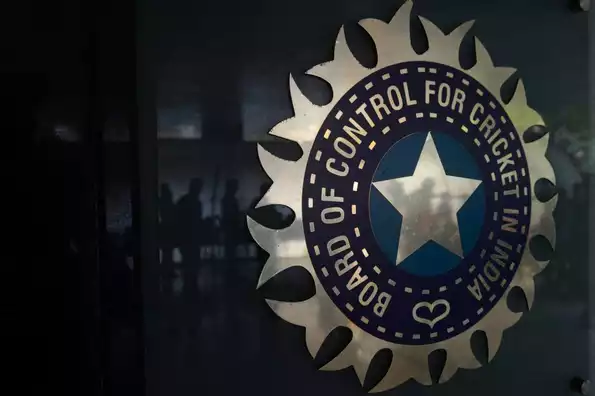The Age Verification Programme (AVP), practised to curb age-fudging in junior cricket, has been modified by the Board of Control for Cricket in India (BCCI). Starting this year, the BCCI will permit a second bone test for players whose 'bone age' exceeds the threshold - 16 years for boys and 15 years for girls. The decision was taken by the BCCI at its recent Apex Council meeting.
BCCI modifies age verification procedure; allows 2nd bone test

Until now, the BCCI has been conducting bone tests for boys in the 14-16 age group. As per the prevailing practice, once a player's bone age is determined, one year is added to it. This adjusted figure - referred also as 'mathematical age' - is treated as the official age for eligibility in the BCCI age-group competitions. For instance, if Player X's bone age is assessed as 14.8 years, the BCCI adds one year, making it 15.8.
Since that still places the player under 16, he is deemed eligible to participate in the Under-16 age-group competitions for that particular year. In the following year, the player should automatically be ineligible for the Under-16 category. However, under the new AVP guidelines, if the player is still under 16 as per his birth certificate, he will be allowed a second bone test.
If the repeat test shows the age under 16, he will be permitted to continue playing in that age group. Girls in the 12-15 age group are also subject to the same process - an initial bone test followed by a repeat test, if necessary.
This second test is, understandably, in view of the general perception that bone tests may not be entirely accurate. It can also be seen as a tacit acknowledgement that the procedure, however scientific it is, has its limitations. The second, rather the repeat test, was approved by the Apex Council last week.
Normally, the bone test is conducted through an X-ray. These tests are carried out before the start of every domestic season, typically in the months of July and August. During this period, state associations are allotted specific windows, and a BCCI representative visits each state when the tests are done. On an average, around 40-50 boys and 20-25 girls appear for the tests in each state, which are conducted at an affiliated hospital.
A new method of cheating was uncovered by BCCI and state associations in recent years. In an attempt to avoid detection, some parents were reportedly sending younger ones to undergo the tests in place of the actual players. However, this impersonation tactic was identified by both the BCCI and the state associations. To prevent such manipulation, the BCCI representatives now insist on a valid Aadhaar document carrying the players' latest photographs before allowing them to undergo the tests.